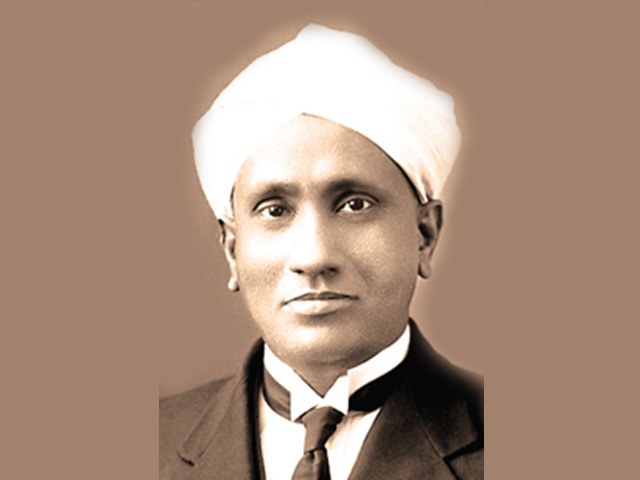Dr.Sundar ram MBBS., MD

Fabulous Personalities- 9
Dr.Chandrasekhara Venkata Raman is remembered for his revolutionary contribution to physics. He was the first Asian to receive a Nobel prize in any branch of science (Physics) in 1930. He received the honor for his work on scattering of light and discovery of the Raman effect.
EARLY LIFE
Dr.C.V.Raman was born on November 7,1888 in Tiruchirapalli in the southern part of India. His father was a professor of Physics and Mathematics. He grew up in an environment of Sanskrit literature, music and science. Nature had gifted him with great power of concentration, intelligence and spirit of enquiry. His father was a lecturer in Visakhapatnam where he did his schooling. After earning a master’s degree in physics with highest distinction at Presidency college, University of Madras, in 1907, he became an accountant in the finance department of the Indian government.
CAREER
Even while working as an Assistant accountant general in Calcutta ,he carried out scientific researches at the Indian Association for Cultivation of Sciences. At that time his researches were focused in the areas of Vibrations and Acoustics. In 1917, he was appointed as the first Palit professor of Physics in the Calcutta university. After 15 years at the university , he became the professor at the Indian Institute of Sciences at Bangalore.
WORKS AND DISCOVERY
- He established the Indian Journal of Physics in 1926 where he was the editor.
- He also sponsored the establishment of the Indian Academy of sciences and served as the President since its inception.
- When a beam off monochromatic (having single color) light passes through a transparent substance , it scatters. Raman studied the broken light and found that there were two spectral lines of very low intensity parallel to the incident monochromatic light.
- This showed that the broken light was not monochromatic even though the incident light was monochromatic . This phenomenon is known as Raman effect and spectral lines in the scattered light as Raman lines.
- While scientists all over the world had been debating over the question whether light behaved like waves or particles, his discovery proved that light is made up of particles known as photons.
- This discovery was made on February 28,1928 with assistance from his pupil K.S.Krishnan.
- He also studied the spectroscopic behavior of crystals and dealt with the structure and optical behavior of iridescent substances.
AWARDS AND HONORS
- In 1924, he was elected as a Fellow of the Royal Society and was knighted in 1929.
- He was awarded the Nobel Prize in Physics for discovery of the Raman Effect in 1930.
- In 1930 , he received the Hughes medal 1941 of the Royal Society.
- He was awarded the Franklin medal in 1941.
- He was conferred with Bharat Ratna, the highest civilian award in India in 1954.
- He was honored with the Lenin Peace prize in 1957.
- In 1998, the American chemical society and Indian Association for the Cultivation of Sciences recognized his discovery as an International Historic Chemical landmark.
India celebrates National Science Day on 28th of February every year to commemorate the discovery of Raman effect. Dr.C.V.Raman’s hard work and determination made India proud. His contributions to the field of physics deserves appreciation and he will be remembered as a genius physicist and the first Asian Nobel laureate.






